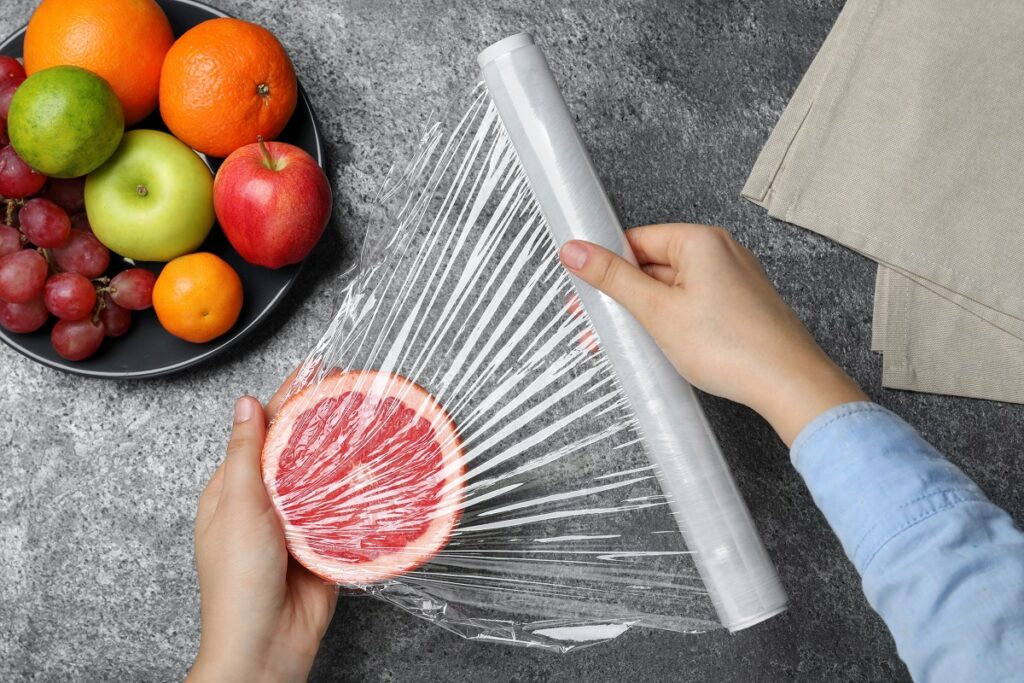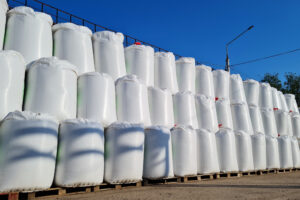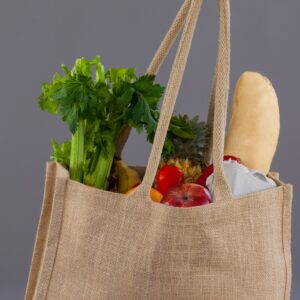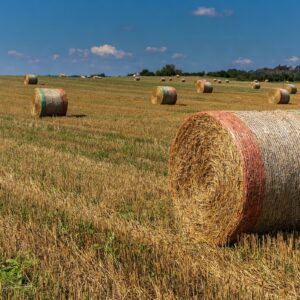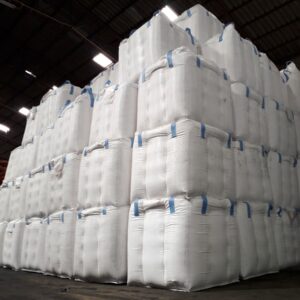The global food cling film market is expanding steadily, driven by rising demand for freshness, hygiene, and convenient packaging in both households and commercial food sectors.
Market Size and Growth
As of 2024, the global cling film market was valued at approximately USD 1.98 billion, and is projected to reach around USD 2.45 billion by 2030, with a CAGR of 3.6%. Growth is mainly fueled by urbanization, lifestyle changes, and increasing food delivery and retail packaging needs.
Leading Regions and Demand
The Asia-Pacific region dominates the market, contributing over 40% of global revenue, with China as a major producer and consumer due to its large food processing base and population density.
Materials and Applications
Polyethylene (PE) is the most widely used material, accounting for over one-third of market share, thanks to its clarity, flexibility, and low cost. Cling film is primarily used in food wrapping for homes, supermarkets, bakeries, and restaurants.
Sustainability Trends
Biodegradable cling film—made from PLA, starch blends, or cellulose—is growing rapidly, with an estimated CAGR of 7–8% through 2033. This is driven by increasing plastic bans, eco-conscious consumers, and retailer commitments to reduce single-use plastics.
Challenges and Opportunities
While demand continues to rise, the industry faces:
- Cost pressures from raw material volatility
- Competition from reusable or alternative packaging
- Rising regulatory scrutiny on traditional plastics
However, innovation in compostable materials, smart packaging (e.g., breathable or antibacterial films), and e-commerce logistics offer major growth potential.
Conclusion
The food cling film market remains a key component of modern packaging, balancing freshness, safety, and sustainability. At SAF, we are investing in high-performance and eco-friendly film solutions to meet global food packaging needs with responsibility and innovation.

